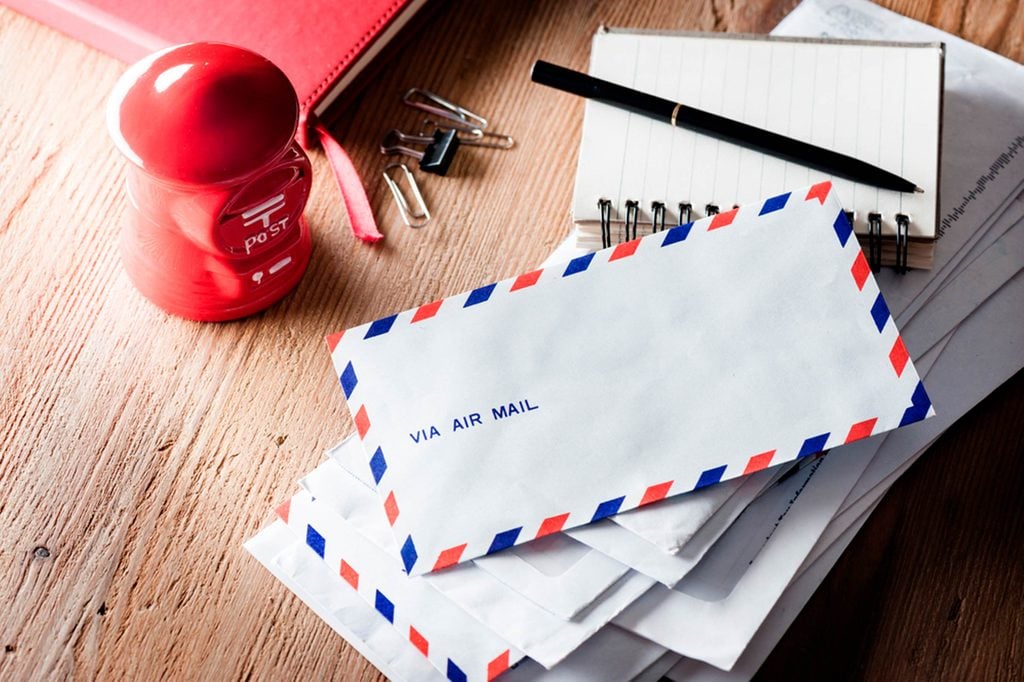Why Do We Use Zip Codes?
Updated: Feb. 15, 2023

Did you know each digit has its own purpose?
Everyone has memorized exactly two ZIP codes: 90210 and whatever their own ZIP code is. We can thank a certain TV show set in Beverly Hills for that.
Aside from that, general knowledge of these five-digit figures is pretty limited. We put them at the end of addresses, and then our mail magically gets delivered to the right location. But through some crafty methods of detection (online research), we discovered one of the most highly kept secrets all mail carriers know: what ZIP codes really are and how they work. (OK, so it’s not really a secret, but now you have something to talk to your mailman about.) Speaking of ZIP codes, see how many of these famous American ZIP codes you know of.
Why do we use zip codes?
The entire practice of using ZIP codes is a relatively new system that was put in place on July 1, 1963. Before that, starting in 1943, the U.S. Postal Service used a series of postal zones for large cities only. If you were writing an address, that number would go after the city and before the state, and mail carriers used it to sort mail more efficiently. See what mail delivery looked like 100 years ago.
What does each number in a zip code mean?
In 1944, a postal worker named Robert Moon submitted an idea for a new postal zone system that would cover the whole country. The first number would stand for a group of states, starting at zero on the east coast and ending at nine on the west coast, and the second and third numbers would specify to which sectional center facility (the place where mail gets processed and distributed) the mail should go in that area.
The U.S. Postal Service eventually adopted this plan with the addition of two numbers at the end to indicate the proper post office or postal zone, and thus, the Zone Improvement Plan Code—or ZIP code—was born. Check out these other surprising facts about the U.S. Post Office.
What do the four numbers at the end of a zip code mean?
About 20 years after the first ZIP codes were put into place, the Postal Service made one more tweak to the system: the four digits that come after your ZIP code. These stand for a specific area that any given post office covers. The sixth and seventh numbers refer to a delivery sector, which could be a group of streets, one large building, or another small geographic area. The last two stand for a delivery segment, like the floor of an office building or one side of a street.
Even though the U.S. Postal Service says proper credit for the ZIP code’s creation goes to a committee of people, our addresses would look quite different if it weren’t for Moon’s numerical inspiration. If you didn’t know that, you definitely won’t know these 23 secrets your mail carrier won’t tell you.